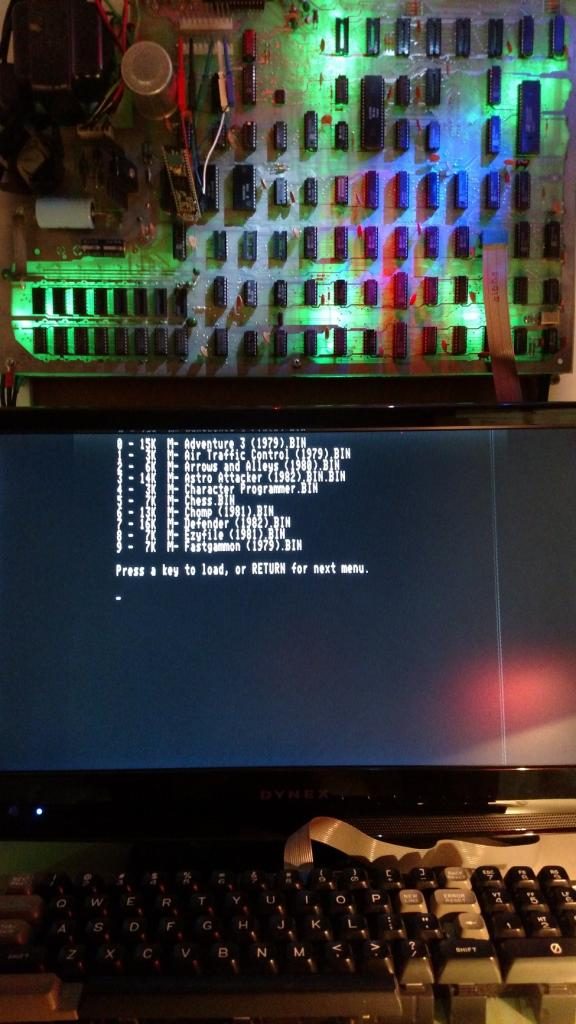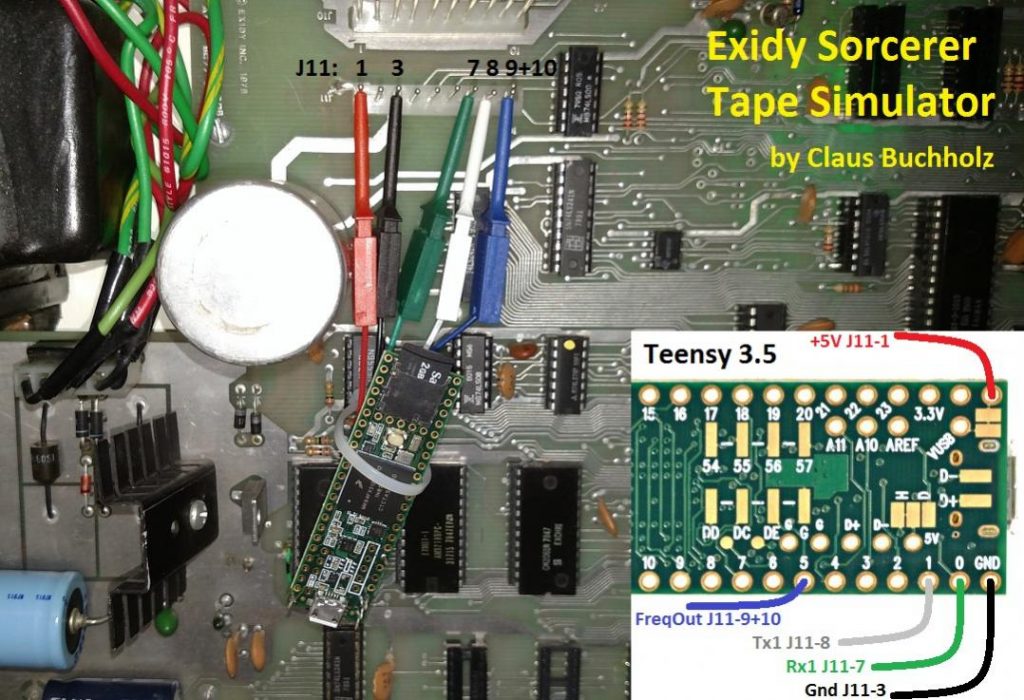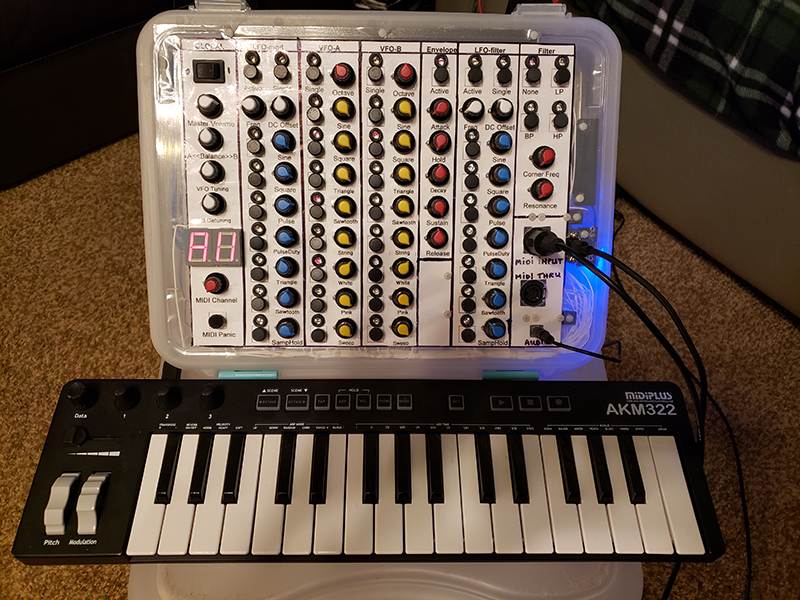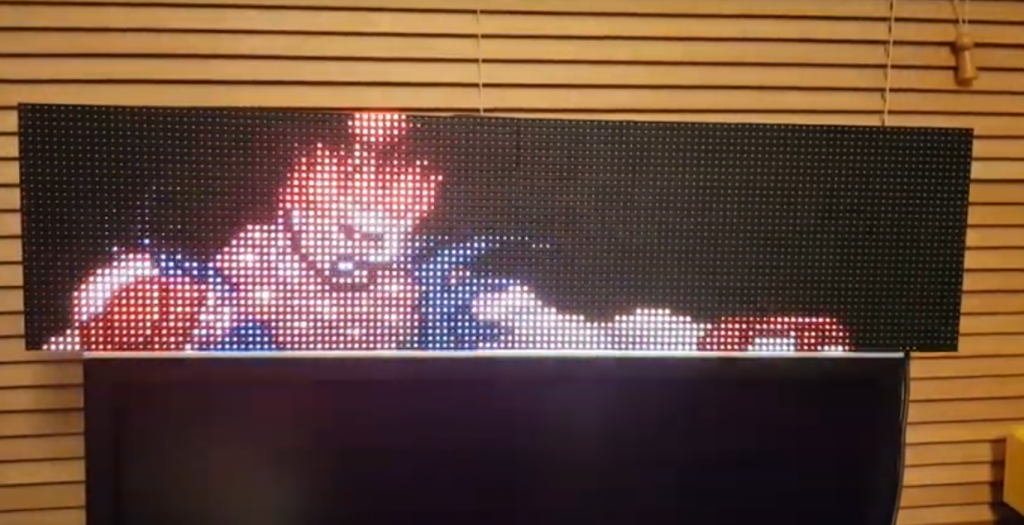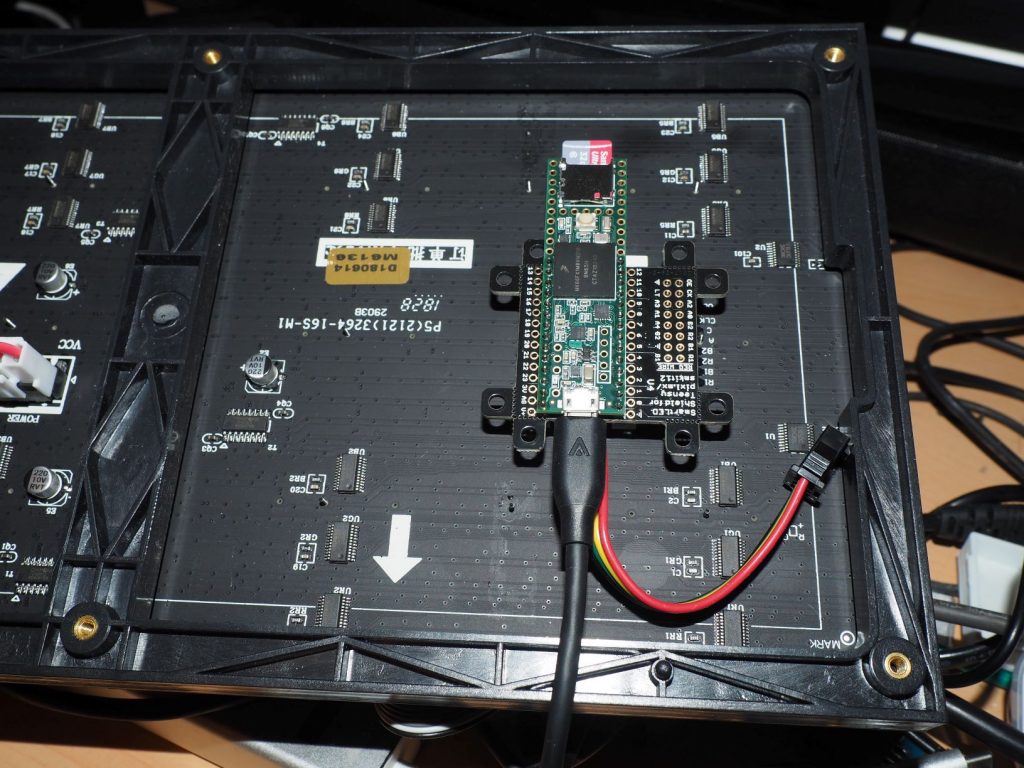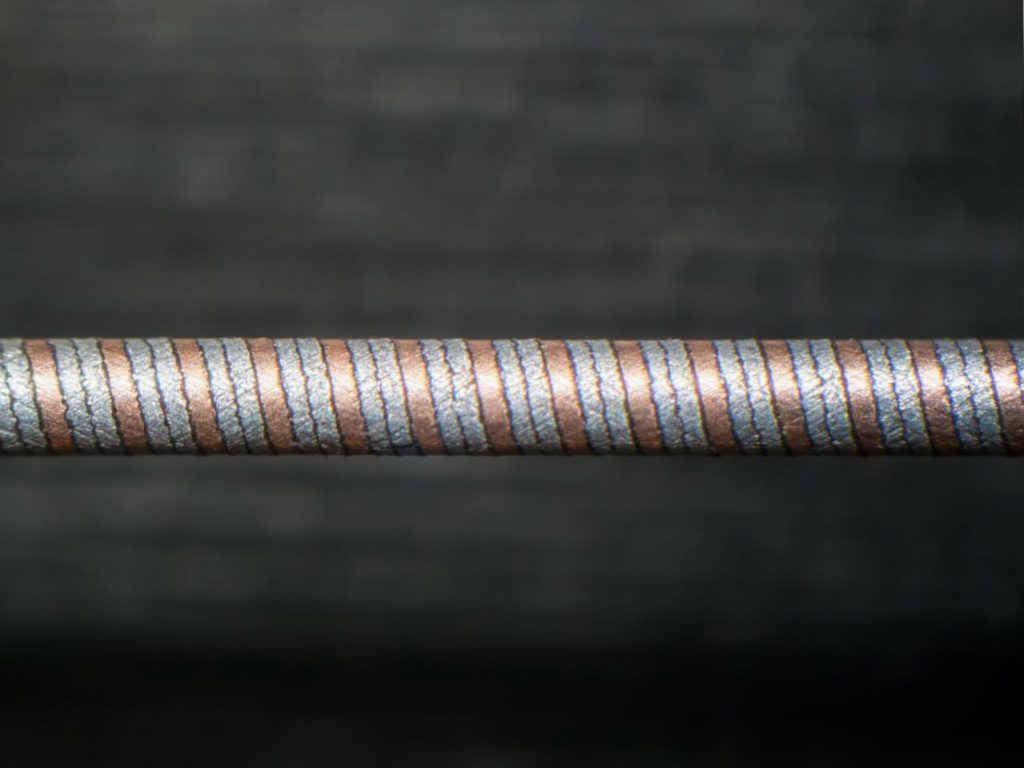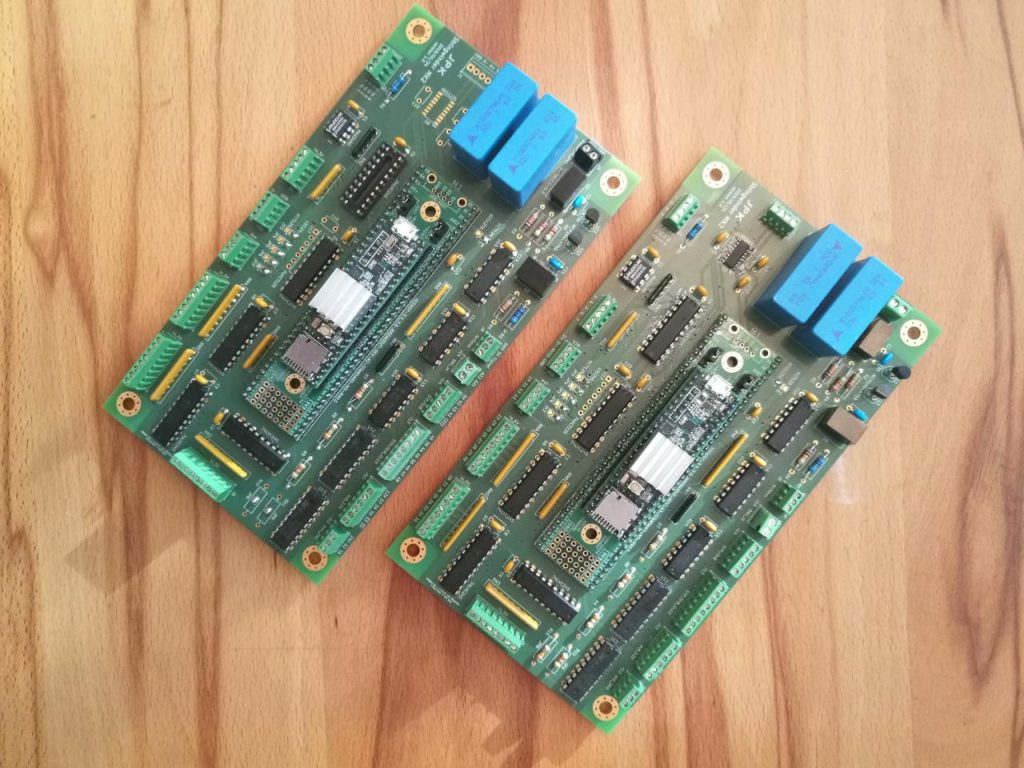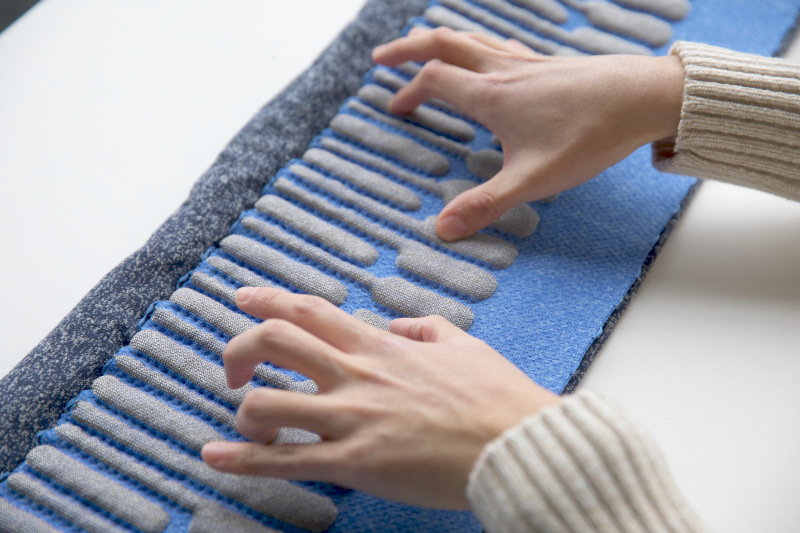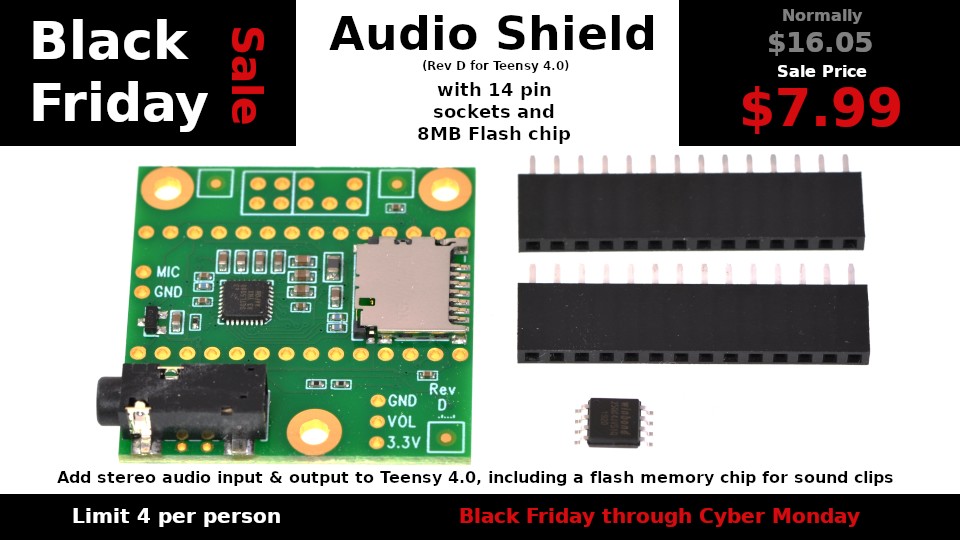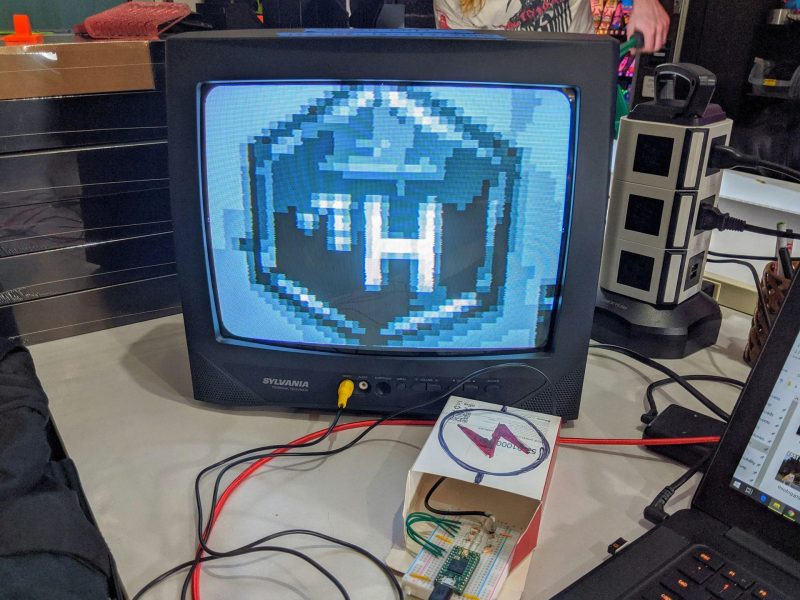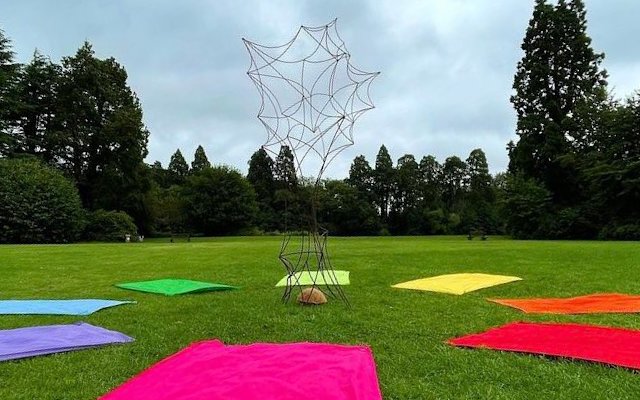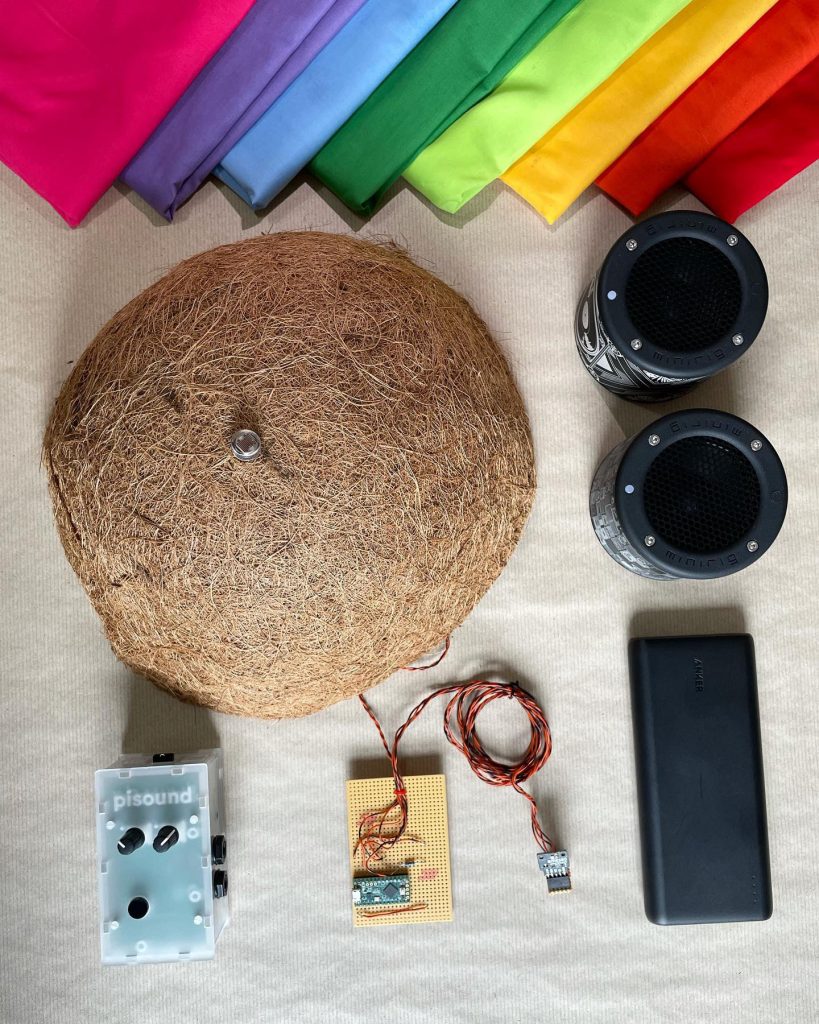Retired Boeing engineer turned microcontroller tinkerer Frank Adams posted this Instructable showing how to build your own USB laptop keyboard controller using a Teensy LC for over seventeen different models of keyboards.
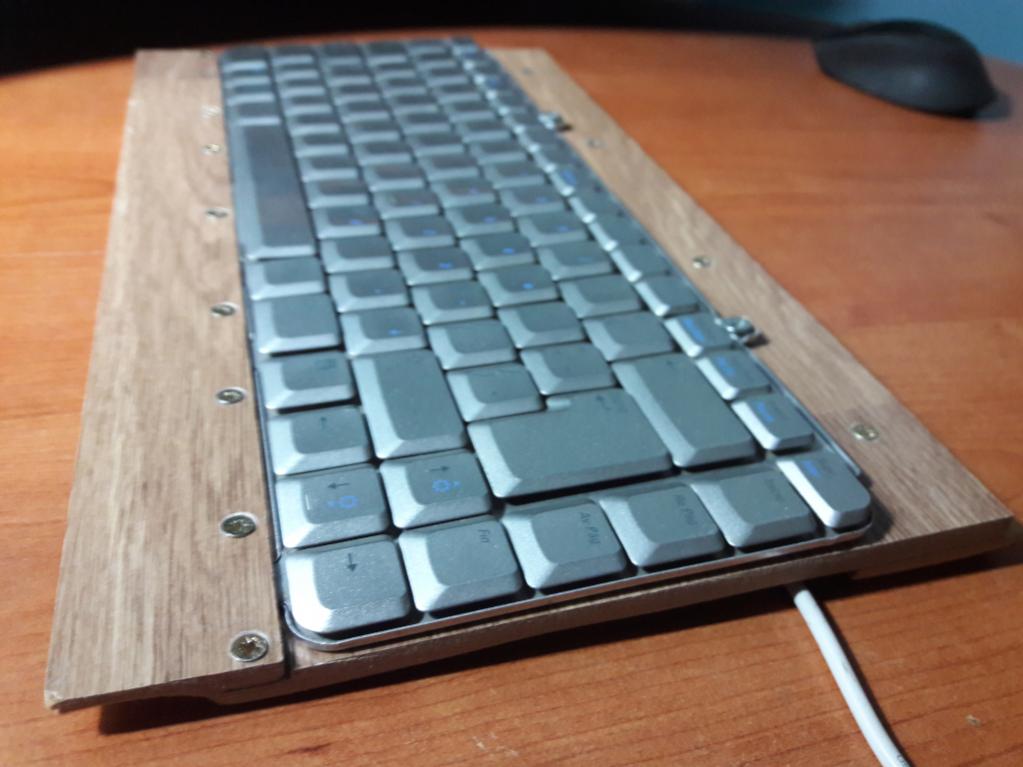
The tutorial includes step-by-step guidance with detailed, annotated photos walking makers through the process from start to finish including in-depth technical information about keyboard design and control. Frank’s instructions are so detailed that even ambitious beginners could likely follow along with this challenging hardware project while learning a ton about how keyboards work, PCB design, and hardware manufacture. Frank includes software control files for over seventeen different keyboards from Dell, HP, Sony, Lenovo, IBM, Acer, Toshiba, and MSI. In his post to our forum, you can see a beautiful wooden case that Warren made using basic carpentry tools and a link to the source code for the Teensy LC. For those who would like to replicate Frank’s PCB, those files are included at the bottom of the tutorial. Frank also includes a video with the tutorial which he posted to Youtube that shows the process from the design of the circuit board for the Teensy through to programming and final install.

